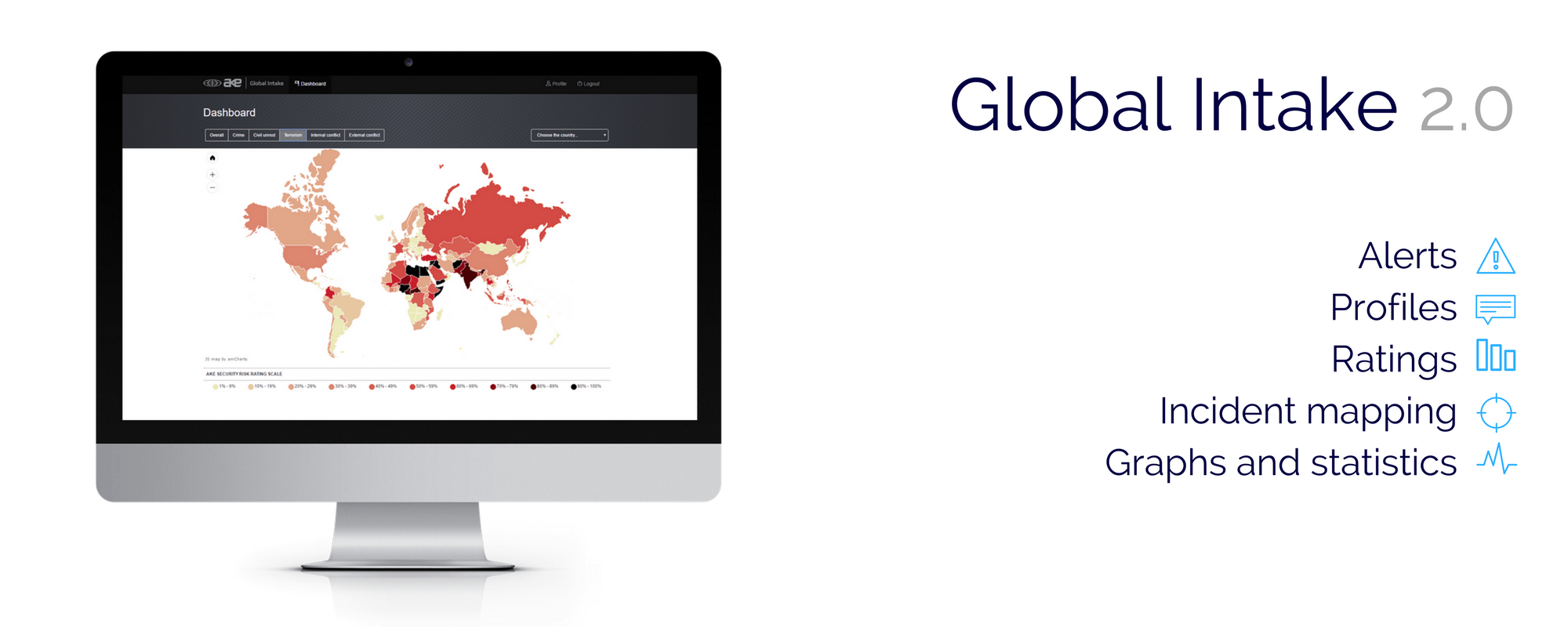Date first published: 19/11/2020
Key sectors: all
Key risks: civil war; troop deployments; terrorism
Risk development
Serious questions are being raised about the imminent United States (US) and North Atlantic Treaty Organisation (NATO) troop withdrawal from Afghanistan following the Trump administration’s recent confirmation of its plans to hasten the drawdown. Following the US-Taliban ‘peace deal’ inked in February 2020, western forces have pledged to exit the country by May 2021. However, the White House tasked the Pentagon’s recently-appointed leadership with expediting the drawdown––a long-held objective of the outgoing president––on 17 November. Meanwhile, a bloody contest to fill the Afghan security vacuum is being waged between western-backed government security forces and the Taliban, even as representatives of those two parties navigate peace talks in Doha.
Why it matters
There are real risks of a further escalation of violence, up to and including civil war; the resumption of conflict involving western troops; and, possibly, the re-establishment of ‘safe havens’ for extremist groups on Afghan soil – the destruction of which made up a large part of the justification for the 2001 invasion. At present, most potential developments entail a serious deterioration in the security situation.
Background
Currently, there are around 4,500 US troops in Afghanistan. Some are engaged in counterterrorism operations directly targeting al-Qaeda and Islamic State’s (IS) local affiliate, IS-K; the rest, together with other NATO contingents, make up the 12,000-strong ‘advise and assist’ mission to train and support the Afghan national security forces. President Donald Trump has ordered a cut in the number of US troops to just over 2,000 personnel.
US lawmakers, commentators and some allied nations have pointed out that further troop reductions present at least two possible risks. The first involves potential military gains by the Taliban. The already minimal NATO presence––the Taliban number up to 100,000––and the lack of effective Afghan military resistance to the group’s ‘fight and talk’ approach at the Doha negotiations has emboldened the Taliban on the ground. Government forces remain reliant on western air support, even for defensive operations, while militants have made serious gains across much of the south of the country. There is also the risk of increased militant operability. Despite their pledge as part of the deal with the US not to allow foreign terror attacks to be planned on Afghan territory, the Taliban retain very close relations with al-Qaeda. Hardline Taliban elements––namely, the Haqqani network––have even tacitly cooperated with IS-K, al-Qaeda’s rival, in facilitating recent attacks in Kabul. More foreign fighters may defect to IS-K, a group able to brand itself as the one unambiguously rejectionist actor in the country, given the Taliban’s accommodation of the US and its talks with the government.
Risk outlook
The spectre of the withdrawal from Iraq in 2013––which triggered massive conflict and effectively created the conditions for the rise of IS––hangs over discussions of the Afghan drawdown. From political and security angles, the outlook is bleak: continued western presence will reignite fighting with the Taliban, while withdrawal will abandon the government and trigger more violence between its forces and the Taliban. There is little to indicate that President-elect Joe Biden’s leadership will resolve the situation; though he has consistently argued for a counterterror approach, more progressive elements in his camp have advocated for a complete withdrawal. Neither option will end the interminable ‘war on terror’. The risk of higher levels of military and militant action looms large.


